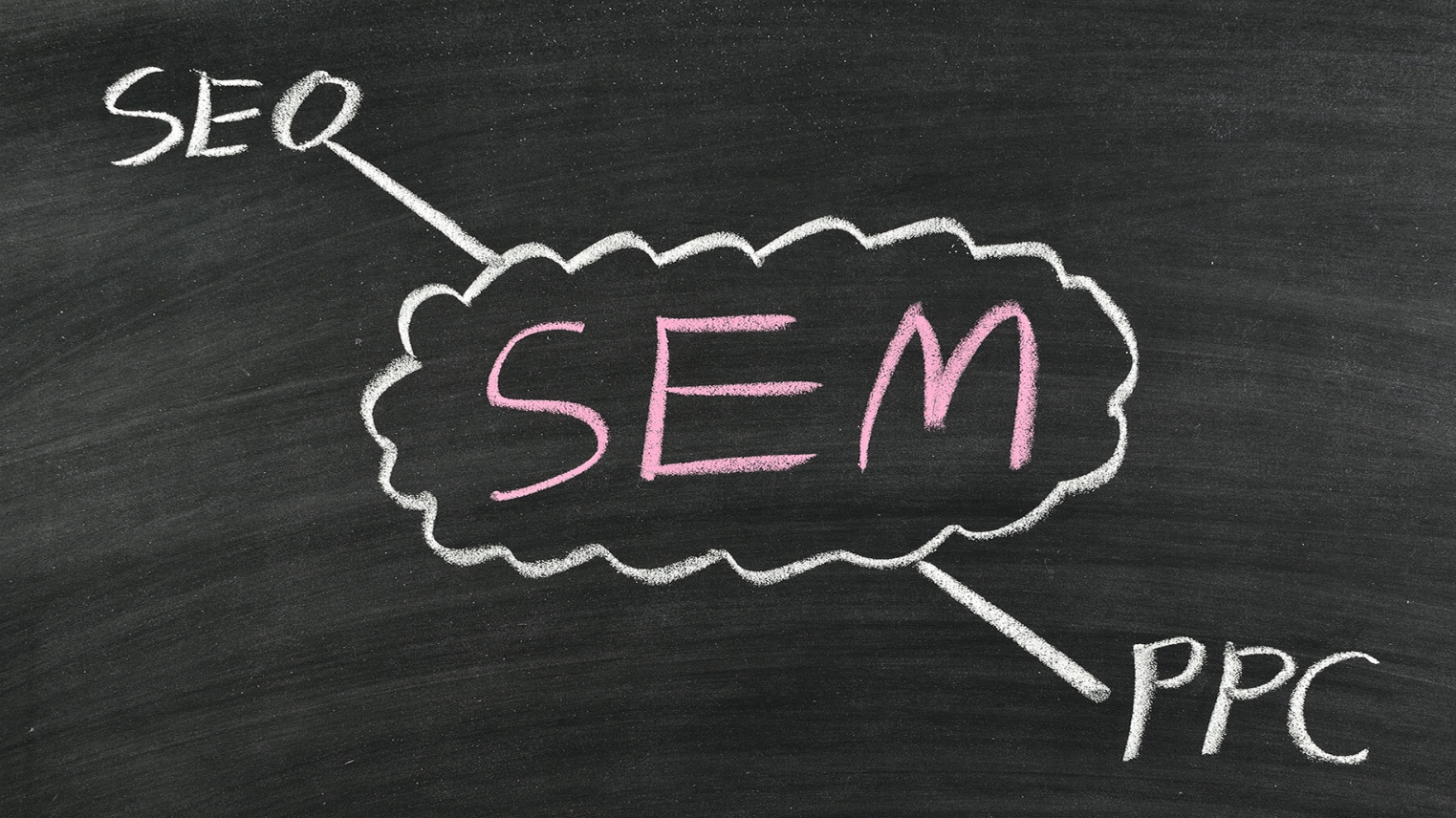
As the concept of omnichannel marketing has already become a common practice in 2022, the importance of the official website is being enhanced more and more by B2B companies. If the official website is one of the key engines in the omnichannel marketing curvature ship, SEM will be the main component of spacecraft fuel, and the power support to achieve accurate positioning in space.
SEM as a business act includes three participants, which are users, merchants, and platforms. By combining their needs and activities, SEM optimisers make systematic analysis and develop efficient SEM investment methodology from three dimensions, which are customer life cycle, various marketing channels of enterprises, and marketing capital carriers.
1. Introduction to Bidding Strategies of oCPC
eCPC refers to the combination of setting coefficients manually and automatically bidding by the system, and makes intelligent bidding according to the bidding range set by the bidding staff.
oCPC refers to the intelligent bidding of the system, which requires some manual intervention and adjustment in the early stage. In the later stage, it can greatly reduce the operators' operation and improve the conversion on the premise of guaranteeing the conversion cost.
So far, Baidu marketing has combined eCPC and oCPC, which are collectively called oCPC marketing strategies.
Enterprises with low budgets and unable to define precise conversion behavior are not suitable for oCPC strategies. oCPC needs to consider various factors of advertisement such as the placement time, region, designs, plans, keywords, and so on. oCPC can effectively solve the problems including the low traffic, and high input cost with poor conversion effect of SEM in enterprises.
2. Practice of oCPC Process
The process of oCPC includes nine steps, which are circling the rage of action, setting bidding mode, setting conversion target and bidding, setting up crowd model, data checking, plan adjustment, starting intelligent Ad placement, data checking, and plan adjustment respectively.[P for Plan]: Circle selecting oCPC plan is the first step of oCPC process, which belongs to “plan” section in Deming circle. Operators can choose to enable oCPC strategy for the whole account or individual plans.
[D for Do]: The part of "Do" includes three parts: selecting bidding mode, setting conversion target and bidding (that is, configuring target conversion and bidding under various data sources), and establishing crowd model to start the first phase of oCPC.
There are two bidding modes in Baidu oCPC. In the enhanced mode, Baidu's system will fully utilize the special account data in the account, and automatically fine-tune the bidding for more conversions based on the conversion probability of each search. Another mode is the Target Conversion Cost Mode, that is, it intelligently optimizes the conversion bid within a defined conversion amount. Generally, it takes about a week after the first stage of oCPC to enter the second stage, that is, the intelligent advertising placement phase. In the first stage, only when the cost and transformation effect meet the needs of the enterprise, the risk of following steps can be minimized in the second stage.
[C for Check]: Data check is in the part of "Check". With the conversion target and bid set, the system can monitor the conversion in real-time, and operators can regularly check the overall display, click, conversion, and oCPC. A reference standard is that the deviation between the actual conversion amount and the calculated conversion amount should be less than 10%, indicating that the system's data statistics are accurate.
[A for Act]: When the data does not meet the expectations, operators need to adjust the plan, for example, deleting some areas, plans, or keywords with low traffic quality, modifying the Ad displaying time and optimizing website pages.
It is worth noting that when the system enters the second stage of intelligent placement, operators still need to check data regularly and make adjustments.
SEM operation is a business activity of platforms, merchants, and users, rather than a purely business activity. Users can find solutions from merchants on the platform, merchants can attract users on the platform, and the platform provides a place for users to connect with merchants. In this process, all three sectors show their own needs. According to different demands, appropriate bidding strategies can be formulated to realize the common benefits of all three sectors.



